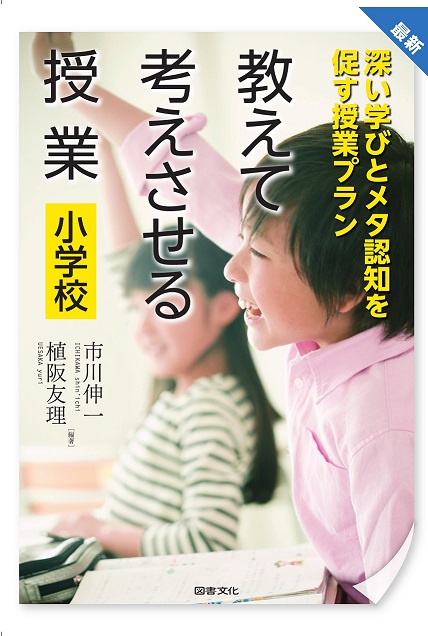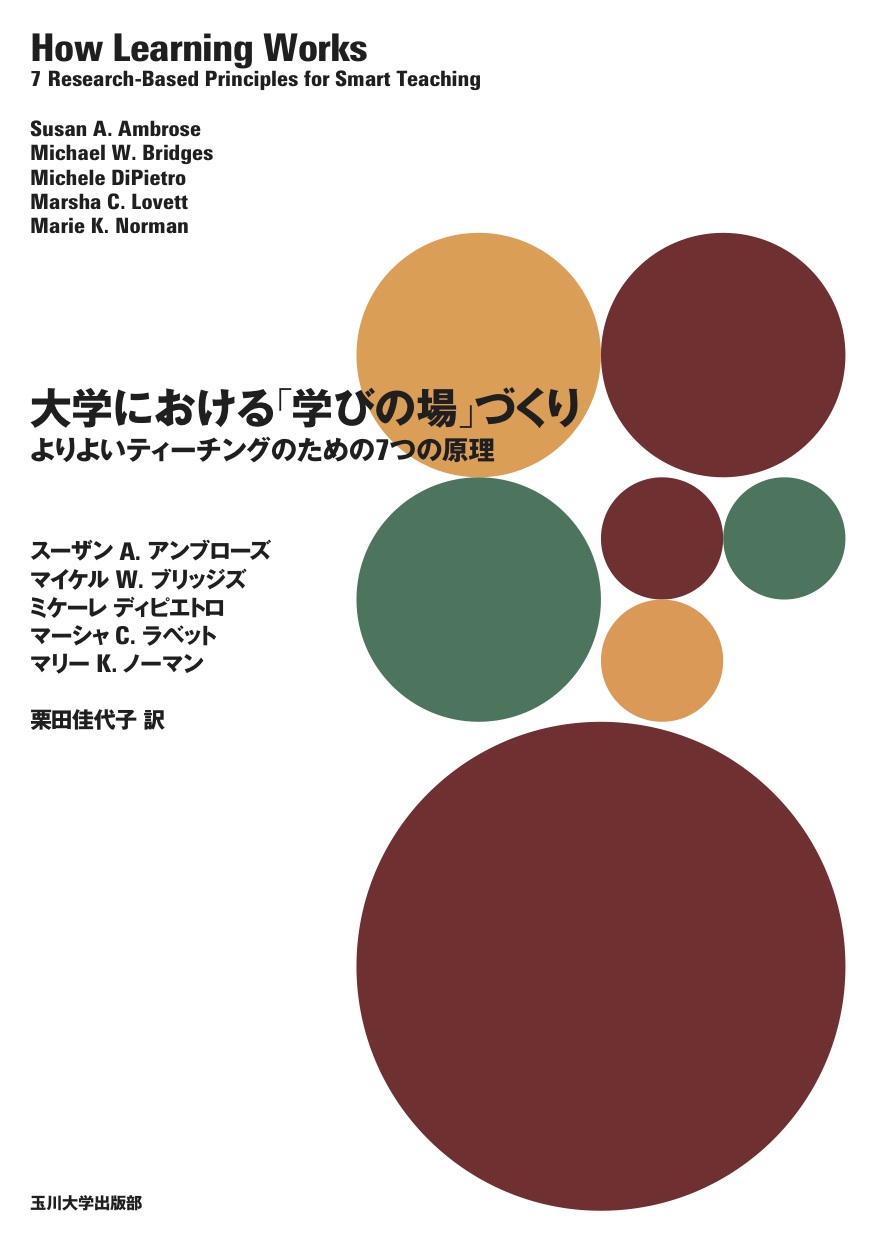
Title
Schools and Schooling in Asia Teacher evaluation policies and practices in Japan How performativity works in schools
Size
152 pages, hardcover
Language
English
Released
March 31, 2016
ISBN
9781138853133
Published by
Routledge
Book Info
See Book Availability at Library
Japanese Page
In recent years, along with growing recognition of the importance of measuring and improving teacher quality to ensure positive educational outcomes, interest in teacher evaluation has been increasing worldwide. The United States after implementation of the No Child Left Behind (NCLB) Act is a good example of the confluence of outcome-based accountability and teacher evaluations as a means to improve educational outcomes. Despite the fact that academic research has not yet established what test scores can tell us about teacher quality or classroom instruction, many states have adopted a system of teacher evaluations based on their students’ academic performance as measured by standardized tests. This has been made possible by the Race to the Top financial scheme put into place by the former Obama Administration and the NCLB licensing process.
In Japan, interest in teacher quality and capacity started to rise around 2000, leading to the introduction of “new teacher evaluations” by local boards of education. Underlying this development were a number of factors including increasing severity of school-related issues such as bullying, school non-attendance, and declining academic performance, increasing focus on the problem of “ineffective teachers,” and a shift to merit-based teacher pay scheme reflecting teachers’ job responsibilities, and service record. “New teacher evaluations,” which are now being implemented for almost all public school teachers, differ from previous “performance evaluations” insofar as they incorporate a goal-management cycle wherein each teacher sets job-related goals for the year based on the organization’s goals and, at the end of the year, conducts a self-evaluation followed by an interview with the school principal or other evaluator.
Although teacher evaluations in Japan, at this point at least, do not emphasize student performance on standardized tests as the US system does, it is certain that the teachers are having to explain their performance and abilities in a manner that is different than in the past. The goal of this book is to clarify the nature and impact of this new accountability.
Foreign researchers and decision makers often cite Japanese education as an example of a successful system. With regard to Japan’s teacher education, lesson study and new teacher training are particularly highly evaluated. At the same time, it has been pointed out that Japan’s system is highly regulated by the state through government curriculum guidelines and official textbook authorization and that teachers have little professional latitude. While the impacts of decentralization and the application of market principles to the educational system on (the weakening of) state control and teachers’ autonomy are important topics of research, the author of the book does not necessarily believe that these developments are cause for optimism. As is clarified in this book, there are teachers who find themselves caught between the conflicting demands of having to internalize and execute organizational goals and educational reform and their own professional values and beliefs. Teacher evaluations play a significant role in these processes that are radically redefining “what it means to be a teacher” and cannot be ignored.
(Written by KATSUNO Masaaki, Professor, Graduate School of Education / 2018)
Table of Contents
2. New Teacher Evaluation Policies
3. Theories of Teacher Evaluation and Performativity
4. Views on New Teacher Evaluation Policies
5. The Enactment of the New Teacher Evaluation Policies
6. Conclusion



 Find a book
Find a book


 eBook
eBook


